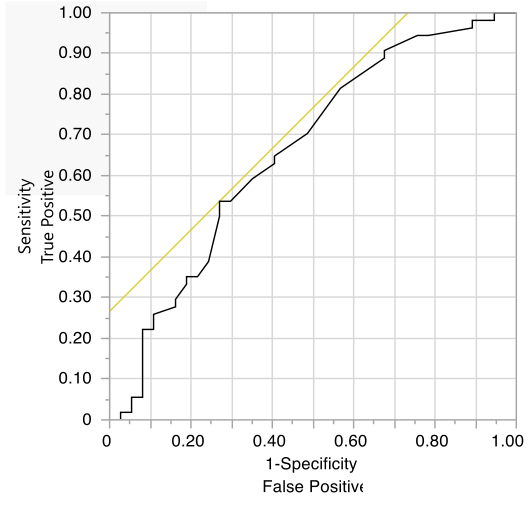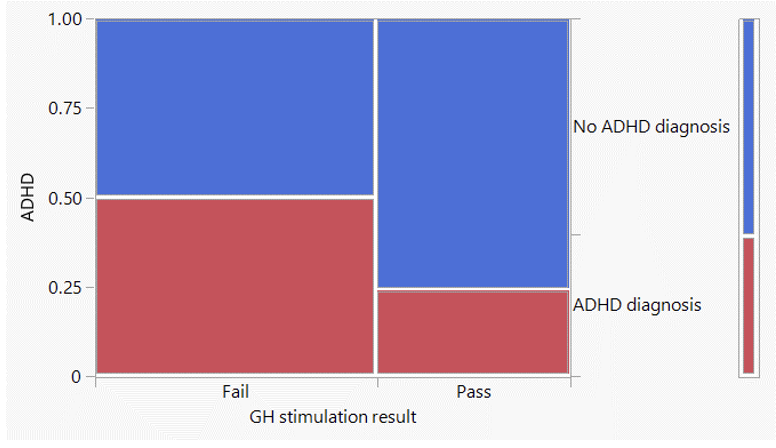Endocrinology: Growth
Endocrinology 1
184 - Impact of IGF1 z-score and attention deficit hyperactivity disorder (ADHD) diagnosis on growth hormone stimulation test results in pediatric patients
Publication Number: 184.213

Swati John, MD (she/her/hers)
PGY2 Pediatric Resident
University of South Alabama Children's and Women's Hospital
Mobile, Alabama, United States
Presenting Author(s)
Background:
Growth hormone stimulation test (GHST) is the gold standard for diagnosis of growth hormone (GH) deficiency, and it is performed using provocative agents (clonidine and levodopa used in our center) due to the pulsatility of GH secretion. Insulin growth factor 1 (IGF1) levels show little circadian variation, but it is affected by nutritional status, chronic illness, age, and pubertal status of patient. Use of IGF1 z scores for diagnosis of GH deficiency (GHD) has been investigated in numerous studies, but results are not comparable due to variation in GH cutoffs for GHST and testing protocols. To determine IGF1 z score cutoff for diagnosis of GHD which is defined by failing GHST with peak GH< 10 ng/ml. To determine impact of attention deficit hyperactivity disorder (ADHD) diagnosis on GHST results. In this retrospective, single-center study, we included all patients aged between 0-18 yrs who presented to pediatric endocrine clinic for GHST between January 1, 2017, to September 30, 2022. Statistical analysis was done using JMP Pro 16.2.0. Mean numerical outcomes were compared using t-test. Correlation between two numerical factors was studied using Pearson’s correlation coefficient. Logistic regression was used to study association between binary categorical outcome and numerical predictor, and Fisher’s test was used to study association between categorical factors. Effectiveness of the model for classification was determined using AUC-ROC (Area under curve-Receiver operating characteristic), correct classification rate, sensitivity, and specificity. 91 patients underwent GHST, mean age of the sample was 10.3 years and majority of the population was males (86.81%) and prepubertal (72.53%). 59.34% of patients failed GHST. No significant difference found between BMI z scores and IGF1 z scores for results of GHST (p=0.12,p=0.06). No significant correlation was observed between IGF1 z score and BMI z score (r=0.0008,p=0.99). No significant association was observed between GHST results and pubertal status (p=0.16). ROC analysis showed low diagnostic accuracy of IGF1 z scores for the diagnosis of GHD (AUC=0.65,p=0.04). IGF1 z score sensitivity was high (88.9%), but specificity was low (32.4%). 75% of patients with ADHD failed the GHST compared to 49% without ADHD (p=0.02), independent of their IGF1 z score or BMI z score. IGF1 z score is a poor diagnostic indicator for GHD with high sensitivity, low specificity, and no clear cutoff can be determined to define GHD. Children with ADHD are more likely to fail GHST when compared to those without ADHD.
Objective:
Design/Methods:
Results:
Conclusion(s): 

.png)
